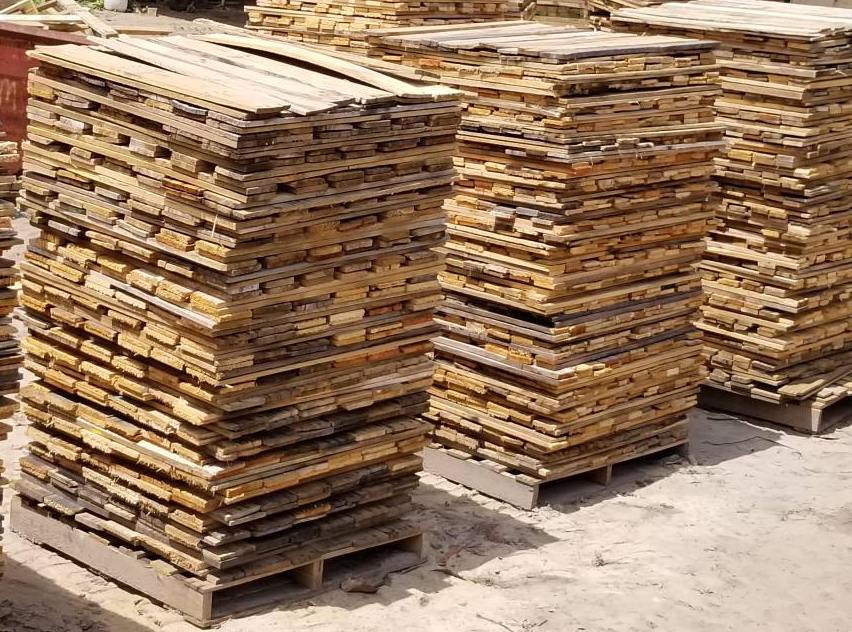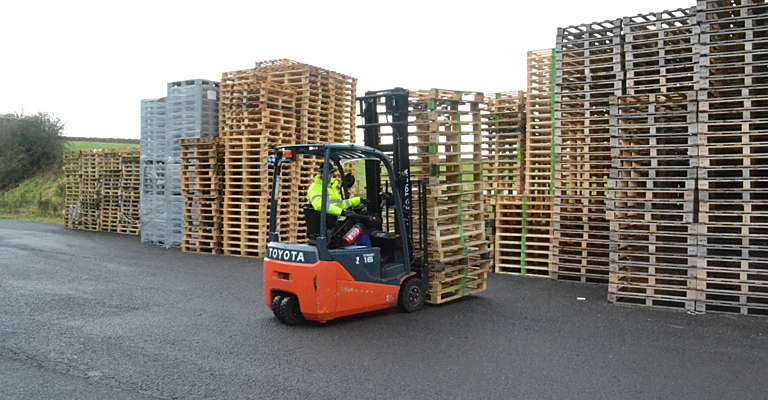Our Mission Statement
As a responsible partner TP delivers to clients, employees and the industries we serve the confidence to drive value through the effective use of our diverse professional team.
As a responsible partner TP delivers to clients, employees and the industries we serve the confidence to drive value through the effective use of our diverse professional team.
SYP Prices at a 3 Year Low
As we approach the midway point of the year—and the peak of the 2019 building season—southern yellow pine (SYP) lumber prices are at a significantly different spot than they were this time last year. To put the current slump in perspective, SYP lumber prices recently plunged to their lowest level in more than three years.
Southern yellow pine lumber prices dropped for the fifth straight week in a row in mid-June, sinking to their lowest point since March 2016. Forest2Market’s composite SYP lumber price for the week ending June 14 (week 24) was $338/MBF, a 3.2% decrease from the previous week’s price of $349/MBF, but a 39% decrease from the same week in 2018.
Capacity may be throttling back and shuffling from region to region, but the fact remains that housing starts have failed to impress thus far in 2019 and the lumber market is reacting to the slack demand. The tense trade situation with China is also not helping matters. However, there are signs on the horizon that the federal government may attempt to “prime the pump” in an effort to keep things moving.
While these adjustments may provide a temporary bump to housing growth, will it create enough sustainable demand for manufacturers in the PNW and BC to ramp up production, and will it be enough to limit the drop in SYP prices through the summer months?
Courtesy of John Greene, Forest2Market

Marking Non-Wood Exterior on Boxes
In some cases, WPM can consist of an inner support skeleton of wood that is covered by cardboard, plywood or some similar material that is not solid wood. In these scenarios, no solid wood can be seen on the outside of the WPM. When this occurs the ISPM 15 mark can be applied to the non-solid wood exterior of the WPM product. However, the IPPC mark should be applied to the inner solid wood component(s) skeleton as well to provide evidence of compliance to ISPM 15 should the WPM ever be disassembled and inspected by the import country. This has occurred in countries like China where the WPM was held up by Customs because there were no IPPC marks on the solid wood interior skeleton of the WPM.
It is in your customer's best interest to ensure the solid wood interior skeleton of a non-wood container be marked accordingly to prevent potentially expensive delays at Customs.
 Disassembling Pallets
Disassembling Pallets
It is a common practice for many recyclers to disassemble components from severely damaged pallets received into their facility. A facility can either reuse these components to build or repair other WPM or sell them to other parties. When either of these scenarios occur, a facility should be aware of Section 5.6.10 of the American Lumber Standard Committee's (ALSC) Wood Packaging Material Enforcement Regulations which states in part: “When ISPM 15 quality marked wood packaging material is remanufactured the existing ISPM 15 quality mark shall be obliterated.”
ALSC has clarified that this section also applies to disassembled pallet components. That means all previous IPPC marks must be obliterated from disassembled components regardless of whether the facility uses the resulting components to reassemble other units of WPM in house or sells the individual components to other parties.
Regardless of whether a facility builds or repairs other units of WPM from the disassembled components or sells the individual disassembled components, the obliteration of all previous IPPC marks must occur before the material ships from the facility.

Inspector Assistance Appreciated
This is a reminder that TP inspectors visit multiple locations each day and it is greatly appreciated when they receive assistance to complete their audits. This includes:
We understand that this can be challenging since inspections are unannounced and can occur during a hectic period of the day, but the more cooperation inspectors receive in these areas during an audit the quicker they can finish their work so a facility can get back to business as usual. Your cooperation in these areas is always appreciated.